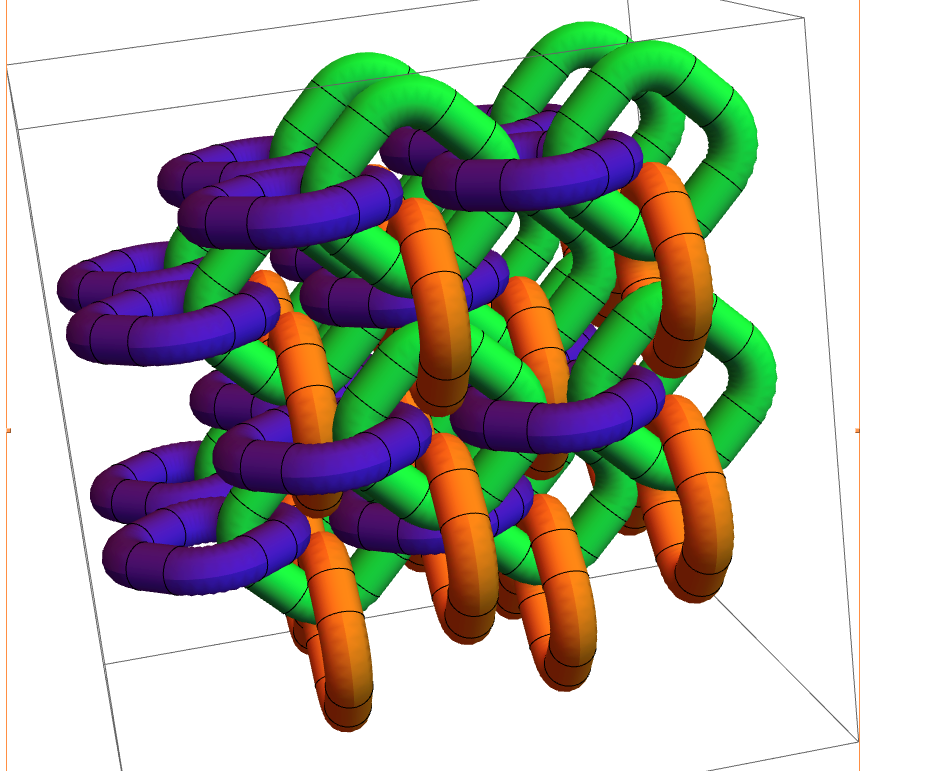Universe Is 3-D Because It Knotted After the Big Bang
More than 13.7 billion years ago, there's a little gap in the timeline that scientists don't quite understand. Somehow, in the blink of an eye, the very earliest matter in the universe snapped outward, and somehow everything we've ever known slowly came into being afterward.
"The farther back we go, the less confident we are" about what the universe looked like, Thomas Kephart, a physicist at Vanderbilt University, tells Newsweek. He and his colleagues wrote a paper, newly accepted for publication by The European Physical Journal C, that outlines a proposed explanation for the physics behind those early moments.
"What we're doing is trying to fill in that gap. We're trying to explain why we have three spatial dimensions and a little bit about how the cosmology of that works," he says.
Kephart has been thinking about the physics of knots and tangles for more than a decade, so he decided to see whether they could shed some light on this problematic period, when the universe almost instantaneously grew from smaller than an individual atom to about the size of a grapefruit.
It turns out that knots, loops and tangles were really easy to form in the very earliest days of the universe, when all existence was basically just a soupy mess of particles that came in pairs connected by a little tether. That tether could knot on itself, or the two particles could annihilate each other to seal a single, complete ring.
According to calculations made by Kephart and his co-authors, this sort of network construction is a feasible mechanism to explain that super-fast early expansion. Those rings can build on each other like chain mail to form something with structure and that takes up space—like a grapefruit-size universe.
But through a quirk of dimensionality, that structure would have stability only if there were three dimensions, Kephart says. If there were more than three dimensions, the rings could slip their way around each other and break down the chain mail links. "You have to have a four-dimensional brain to conceptualize it, but mathematically it's been proven," Kephart says.

To make it easier to grasp, he says, knock down the number of dimensions. Envision two people in a single-file line (that's two one-dimensional structures within a two-dimensional space). There's no socially acceptable way for one person to slip past the other while remaining in a single-file line: The cutter has to walk around someone or climb over or under that person, essentially adding a dimension. Linked loops face the same problem in three-dimensional space but become free of the constraint when there are more dimensions, like the 10 posited by string theorists.
Kephart says there is still plenty of work to do before concluding we understand the universe's origins. In particular, he and his co-authors want to figure out more of the details of how these loops would interact and eventually break down. Ideally, that would include comparing the worldview this model creates with what astronomers actually see around us, like a clumpy universe.
"We want models that work; there's no use of having a model with problems," Kephart says. "That's what physicists always do: We look for a good model and test it against data. And if it doesn't work, we look for something else."
Related Articles


